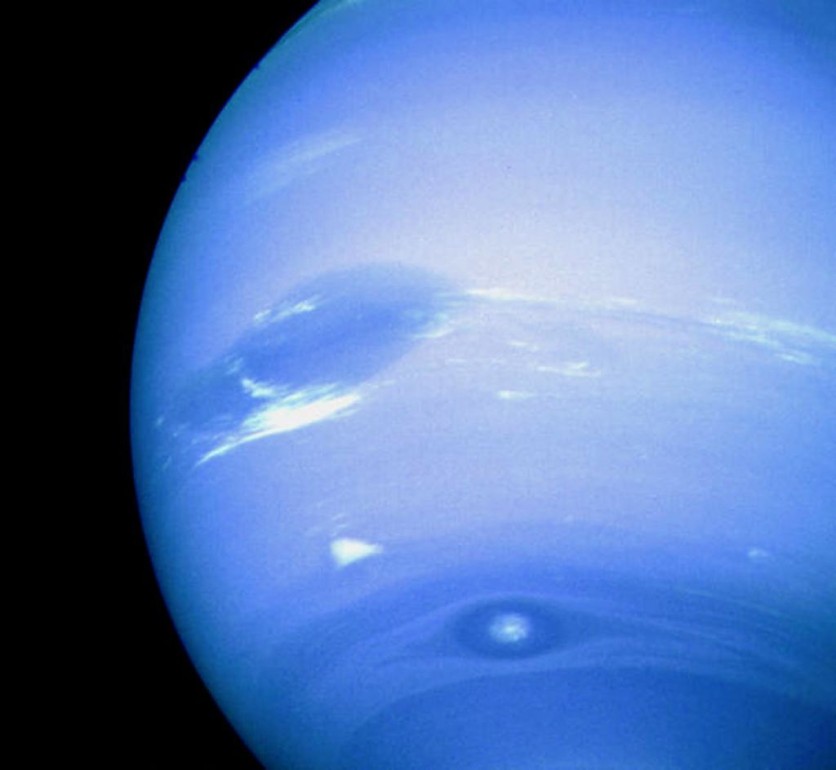NASA's Transiting Exoplanet Survey Satellite (TESS) has made an exciting discovery, revealing a new hot and bloated exoplanet known as TOI-2498 b. This celestial object, categorized as a "super-Neptune," is six times larger and 35 times more massive than Earth.
TESS, which aims to locate transiting exoplanets around the brightest stars near the sun, has identified approximately 6,600 potential exoplanets to date, with 331 confirmed findings.

26 Times Larger than the Sun
During its primary mission, TESS observed TOI-2498 (also called TIC-263179590), a G-type solar-type star that surpasses the sun in size by 26% and mass by 12%.
Analysis of TESS's monitoring data from December 12, 2018, to January 6, 2019, unveiled a transit signal in the star's light curve. Further investigations, including spectroscopic and photometric observations led by Ginger Frame from the University of Warwick, U.K., confirmed the planetary nature of the signal.
Frame's team employed photometry from TESS sectors 6 and 33, as well as follow-up ground-based photometry from LCOGT and spectroscopy from HARPS. Their research presented the discovery of a hot, bloated super-Neptune orbiting a G-type star.
The newly discovered exoplanet boasts a radius approximately 6.06 times that of Earth and a mass estimated to be 34.62 times that of Earth. Its density is relatively low, measuring at 0.86 g/cm³.
TOI-2498 b completes an orbit around its host star every 3.74 days, at a distance of roughly 0.05 AU. Calculations indicate an equilibrium temperature of approximately 1,443 K, according to the team.
Based on their findings, Frame's team classifies TOI-2498 b as a hot and bloated super-Neptune. The planet's low density suggests the presence of a gaseous envelope, which accounts for around 27% of its mass.
However, the researchers note that their planetary model assumes the absence of water content or significant atmospheric metallicity in TOI-2498 b.
Read Also : NASA's TESS Mission Finds a 'Super-Earth' Orbiting Around one of the Oldest Stars the Milky Way Galaxy
From Saturn to Neptune
Summarizing their study, the scientists highlight the stability of TOI-2498 b as a super-Neptune, suggesting minimal evaporation over its lifespan relative to its mass.
They propose that the planet may have initially formed as a large, Saturn-sized world with an envelope mass fraction between 30% and 45%, before gradually reducing in size over approximately 3.6 billion years.
The research team believe TOI-2498 b began as a puffy Saturn-like planet before shrinking to its present dimensions. This discovery sheds light on the fascinating diversity and evolution of exoplanets, expanding our understanding of the universe beyond our solar system.
The team's findings were published in the Monthly Notices of the Royal Astronomical Society.
In related news, TESS also discovered a new "super-Earth" exoplanet with a peculiar characteristic - unusually low density. The object is TOI-244, also referred to as GJ 1018. It is a nearby luminous early type M-dwarf star categorized as M2.5 V. This means that this exoplanet is nearly half the size and mass of our sun.
Click here to learn more about this discovery.
Related Article : NASA's TESS is Aiming to Look Farther Beyond the Galaxy, Looking for Stars and Exoplanets!-How Far Can You Go?

![Apple Watch Series 10 [GPS 42mm]](https://d.techtimes.com/en/full/453899/apple-watch-series-10-gps-42mm.jpg?w=184&h=103&f=9fb3c2ea2db928c663d1d2eadbcb3e52)



